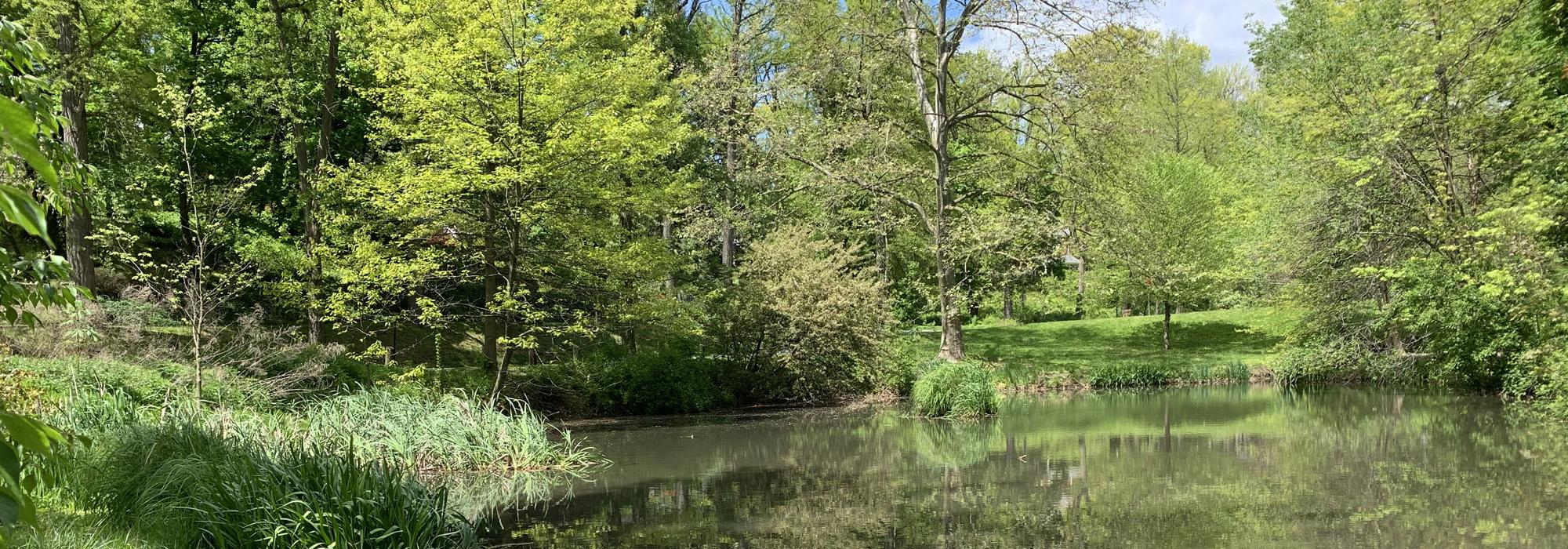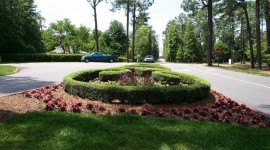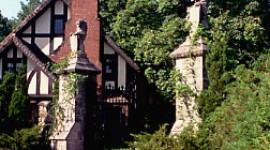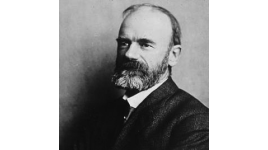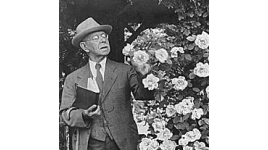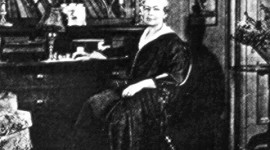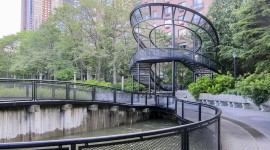Warren Manning Landscape in PA Under Threat
History
Bellevue Park is a 132-acre residential subdivision in Harrisburg, Pennsylvania, designed in 1909 by pre-eminent landscape architect Warren Manning (1860-1938). The landscaped grounds of this community represent an important early 20th-century collaboration between Manning and Harrisburg booster and beautification advocate J. Horace McFarland (1859-1948). The park retains, a century later, many original features such as the Upper and Lower Ponds, which are currently threatened by a proposed storm water treatment plan.
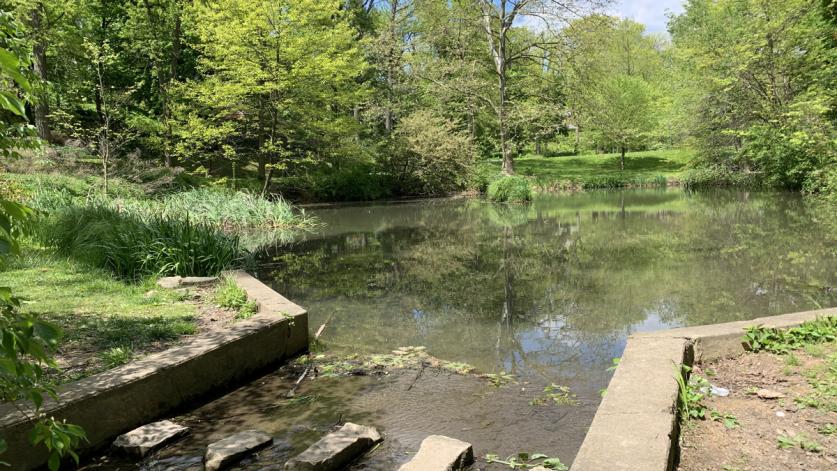
McFarland, living at the peak of the industrial revolution in heavily polluted central Pennsylvania, was a nationally known proselytizer for clean, beautiful city spaces and a self-proclaimed advocate of the “Crusade Against Ugliness” in Harrisburg. He tapped Manning to work with him on Bellevue Park, where the two men created a landscape to match their beliefs in the restorative properties of natural settings. Warren Manning began his career working at his father’s nursery, after which, in 1888, he joined the firm of Frederick Law Olmsted in Massachusetts and worked as the firm's “Superintendent of Plantings” on many public parks, residential enclaves and estates. Manning’s extensive environmental studies of Harrisburg, made as he designed a citywide park system in 1901, informed his decisions for the Bellevue community. Bellevue stands as an example of the matched skills of one of the nation’s preeminent landscape architects and an urban beautification advocate.
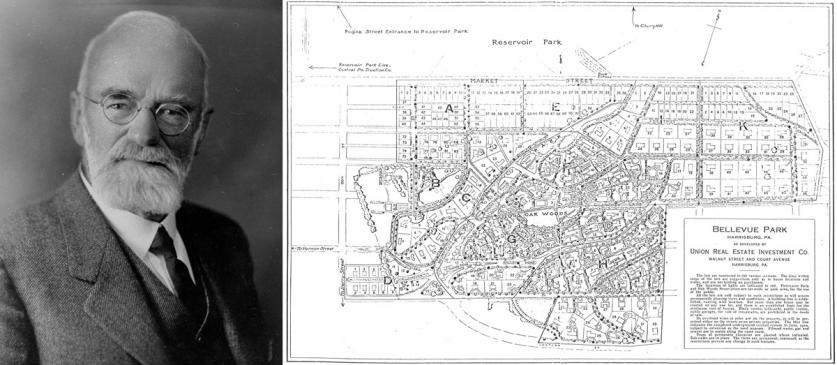
For Warren Manning, Bellevue Park was one of an astonishing 1,700 projects nationwide. His work has for several decades been recognized as historically significant at a state and national level. Properties that he designed that are listed in the National Register of Historic Places include Wilcox Park, Westerly, Rhode Island (1973) and Gwinn, in Cleveland, Ohio (1974). In addition, his work has been designated as a National Historic Landmark, the highest honor that can bestowed on a historic property in the U.S., at George Peabody College, Nashville (1965), Stan Hywet Hall, Akron, Ohio (1981) and Pinehurst Village, NC (1998), to name a few.
In Harrisburg, PA, Manning prepared a proposal for a comprehensive park system including ideas for transportation and water management for this growing river city, and this was reflected at Bellevue. The Upper and Lower Ponds, within the site, are part of the character-defining features that make Manning’s design for the subdivision so successful, and such they should be retained and preserved.
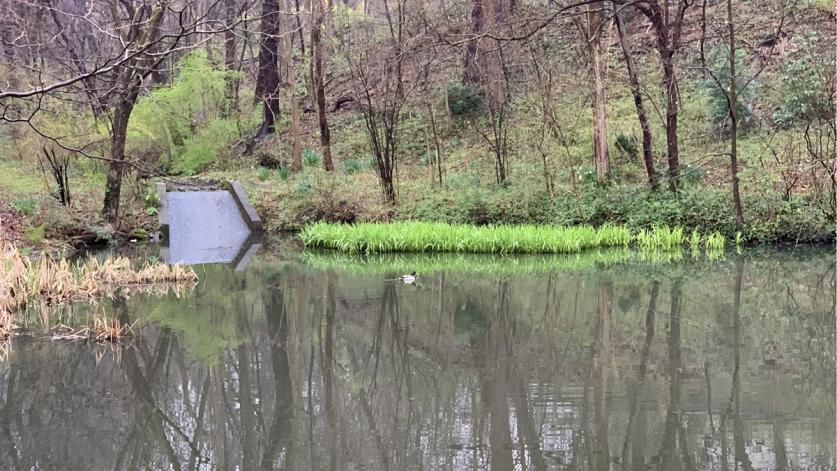
As was his custom, Manning worked in harmony with pre-existing conditions such as topography and significant vegetative features. He paid close attention to scenic views and vistas throughout the site, often preserved by burying the utilities. The Picturesque layout of winding roads and pedestrian paths work with the varying elevations of the land, and the five different reservations, or small parks, are central to the design, as they provide passages of scenery through nature. One reservation is a naturally wooded hillside; another is a large treed area with no understory; the largest is a grassed space with perimeter trees. Manning selected a variety of street trees: American Elms, Chinese Elms, Gingkos and a variety of oaks for the different reservations and for his “emerald ribbon” that cut through the development. Ponds and other water features were integral to the plan of Bellevue, providing residents and visitors access to nature and to recreation. In addition to their scenic and recreational benefits, these ponds also functioned to absorb water runoff and serve as a buffer area. It is these character-defining ponds at Bellevue Park that are threatened today.
In Manning’s Report on a Park System for Harrisburg, Pennsylvania of 1901, he wrote: “its value as an element of beauty in the city limits is beyond price, for if destroyed no money could replace it.”
Threat
Today, the ponds at Bellevue Park are under threat of being reconfigured in a way that would significantly alter the Manning-designed landscape, which has survived for more than a century. The Bellevue Park Association (BPA), the organization charged with managing the landscape, sought funding to dredge the ponds, as excess sediment had built up from upstream runoff and construction. Volunteers from the park approached Capital Region Water Authority (CRW) as a possible partner to address the maintenance issues facing the historic water features, such as funding a project to dredge the ponds.
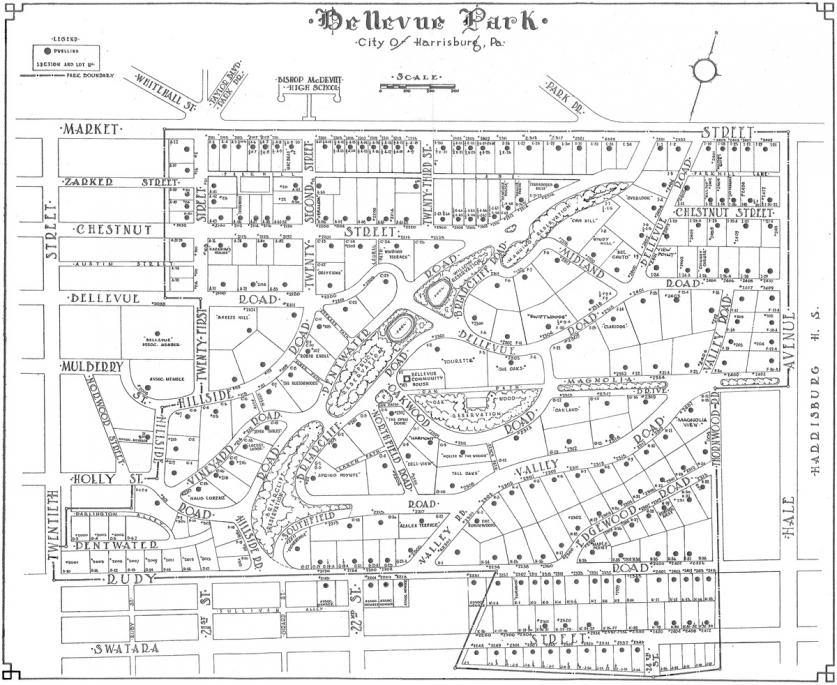
In February 2020, the CRW held a public meeting for the BPA Board and residents to present a plan to alter the historic configuration of the ponds, turning them into storm water basins to manage water runoff. With this plan, the Upper Pond would be enlarged, and the water surface lowered to hold more storm water. For the Lower Pond, two proposals were offered: both involved significantly enlarging the basin. One would create either a small pond or water feature at the bottom of the basin, while the other would turn the pond into a vegetated wetland, or braided channel, to maximize water storage and infiltration. CRW’s proposal for the ponds would accomplish the goal of reducing sewer overflows and flooding downstream, but it was developed with little consideration to preserving the significant water features designed by Warren Manning which contribute to the park’s historic significance.
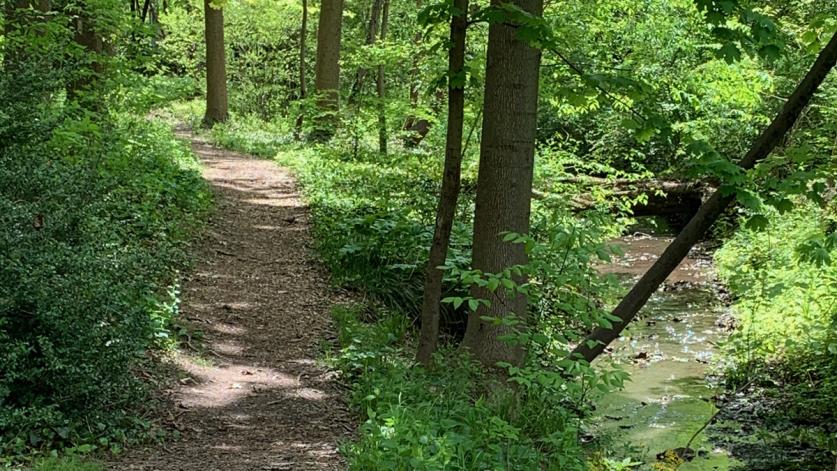
What started out as a good faith effort to improve the environment and save money turned into project that could impact the historic designed landscape. As the BPA and CRW move beyond conceptual plans for the project, both parties should work to ensure that the proposed solution does not have an adverse effect on this significant contributing feature in Manning’s National Register-eligible design.
How to Help
Statements of support for this historic designed landscape can be sent to the Bellevue Park Association and the Capital Region Water Authority, which are currently developing proposals to reconfigure the ponds and will finalize the plans this summer. It is important that BPA and CRW understand the significance of Manning's design for Bellevue Park and his nationally significant contributions to the landscape architecture profession.
Statements should reinforce Manning’s import while encouraging all parties to seek rehabilitation solutions that address environmental concerns without having an adverse effect on Manning’s nationally significant design. Examples of other historic properties with successful water management plans would be especially welcomed. Comments are due by the end of July 2020.



